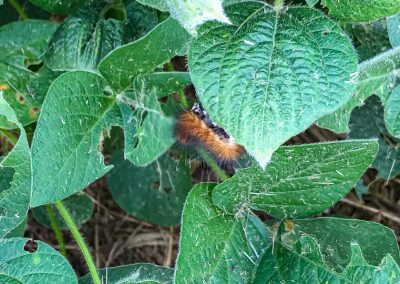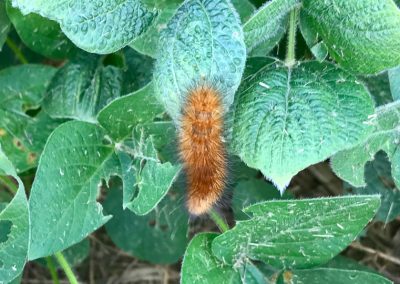
Horse Nutrition – Lectins
Lectins are defensive chemicals made by plants that cannot run away from predators. While it sounds funny, it becomes more clear when you discover that plants have been on this Earth for 1.5 million years longer than any ground animal including insects. Plants have been defending themselves against other plants too. An example is the black walnut tree that drops a chemical called juglone to limit growth of all other plants on the ground under the tree allowing their saplings to grow without “foreign competition.”
Lectins are found in the outer coverings of seeds, fruits and leaves of all plants. Animals have adapted to these toxins in many ways. Horses have limited their diet to ground plants and have come to terms with their defense mechanisms.
**CONTINUED IN ARTICLE TAB**
Related material – Sometimes I have a lot of material here that I have written, podcasted, video blogs and other things. They will be listed in this tab.
Use the browser back button or menu to return to the index of topics.
⬇︎ CLICK ANY IMAGE BELOW TO REVEAL MORE INFORMATION ⬇︎
Lectins are defensive chemicals made by plants that cannot run away from predators. While it sounds funny, it becomes more clear when you discover that plants have been on this Earth for 1.5 million years longer than any ground animal including insects. Plants have been defending themselves against other plants too. An example is the black walnut tree that drops a chemical called juglone to limit growth of all other plants on the ground under the tree allowing their saplings to grow without “foreign competition.”
Lectins are found in the outer coverings of seeds, fruits and leaves of all plants. Animals have adapted to these toxins in many ways. Horses have limited their diet to ground plants and have come to terms with their defense mechanisms.
The mucus of the digestive tract is the 1st line of defense binding to lectins and escorting out in the manure. Lectins not bound to mucus are able to penetrate the tight junctions that exist between the 1 cell layer separating what is inside the gut and what is inside the body. We all know that we only want the nutrients to pass through this 1 cell layer but when the tight junctions are breached then “leaky gut” occurs.
Individual horses have different reactions to lectins with some showing no sensitivity while others show severe gut reactions to small amounts. Wheat gluten is an example of a lectin. Some people have no problem with this plant protein while others who have a diagnosis of celiac disease cannot tolerate even the smallest of amounts. As a rule, in my experience many horses have some reaction to the lectins of grains.
Unfortunately most feeds today have the byproducts of grains added to horse feeds. These byproducts include wheat middlings, oat hulls, rice bran, soybean hulls and sugar beet pulp. While not all of these are seeds, they are removed from the product used for human consumption because they are reactive and would normally be thrown out. Horse feeds provide an alternative way throw this waste away but without substantial consideration of their effects on the health of the horse’s gut.
The most effective way to remove harmful lectins from the diet of horses is to not feed it at all. There is no science either for the addition or the removal of these lectin filled byproducts from horse feeds. However, several heath issues are now seen in horses that did not exist in horses 50 years ago or were seen in my veterinary text books. These include diseases of the teeth such as EOTRH and fractured cheek teeth. Leaky gut syndrome is now being recognized as a real issue in horses and I believe it is caused by the feeding of these lectins.
Any videos related to this topic will be added here. Stay tuned or comment a request.
- Additional tables
- Links to other in house articles
- Links to outside articles
- Reference material used in developing this topic.
Lectins – Decomplexicating Equine Nutrition Part 11 of 12
The Horsemanship Nutrition Course – included in the membership.





Responses